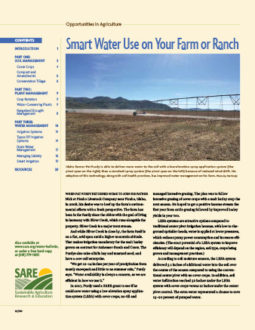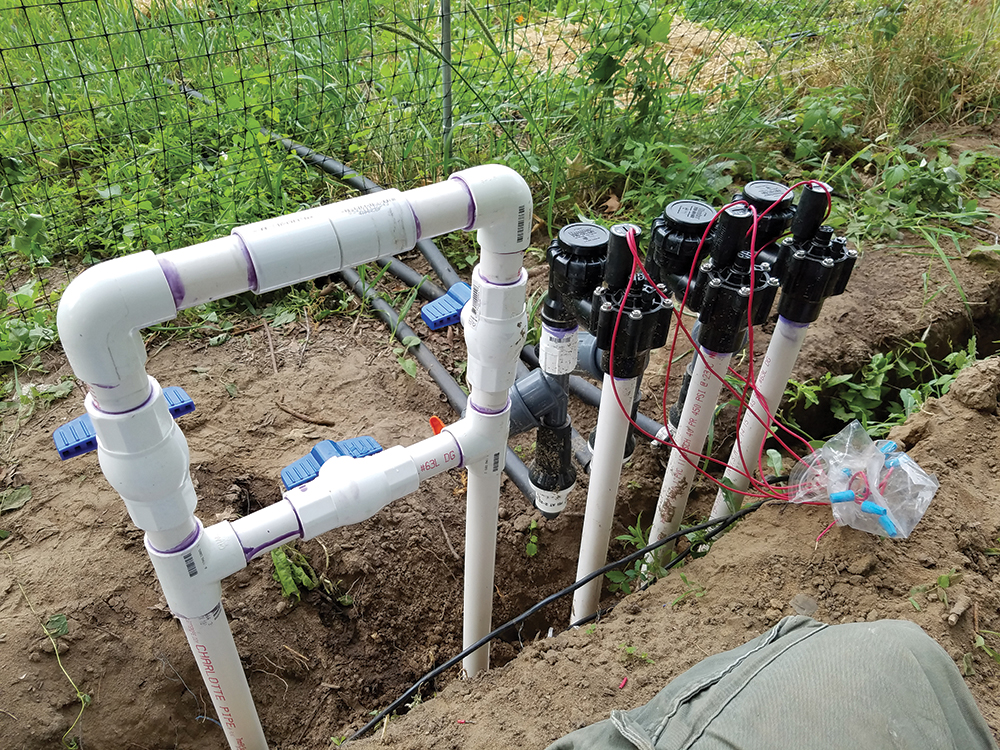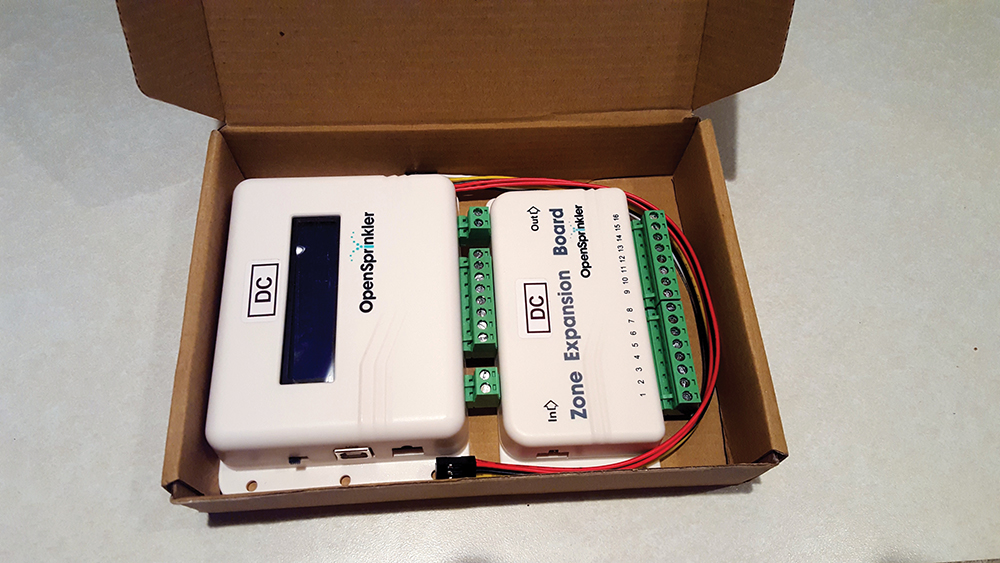Unlike traditional irrigation controllers that operate on a preset schedule to deliver a uniform amount of water across a field, variable rate irrigation systems allow you to change the water rate either from one irrigation event to the next, or to apply different rates in various zones of a field during a single event. These systems use data from sensors monitoring soil moisture, weather conditions and crop plants, combined with analysis software and irrigation system controls, to automatically adjust irrigation schedules based on actual conditions. These systems are becoming more sophisticated in their ability to determine the precise needs of individual crops and to account for variability across fields in terms of both soil type and moisture level.
Basic systems can start with soil moisture sensors that are placed at varying depths and in multiple field locations. These sensors can be connected to smartphones and can help you recognize when soil-moisture levels are adequate to reduce a scheduled application of water, or to skip it entirely.
Contact local specialists with NRCS, Extension or irrigation suppliers to explore strategies for adopting sensor technology on your farm or ranch.
Profile: Low Cost Irrigation Technology Ideas
Efficient irrigation management is important for all farms regardless of their size, but some small-scale growers find that the cost of commercial technology puts it out of their reach. This motivated Christian Flickinger of Renegade Acres in Howell, Mich., to create a low-cost, automated irrigation system using a mix of commercial- and professional-grade components. The system, which Flickinger developed through a SARE-funded project, is controlled with open source technology, meaning other farmers can easily adopt a similar approach and modify it based on their
irrigation needs.
The web-based controller in Flickinger’s system includes flexible programming options with the capability of reducing irrigation schedules based on real-time weather patterns, which is helpful when managing the water requirements across his diversified, 7-acre operation. He used consumer-grade solenoid valves and professional-grade drip tape to complete the system. In 2017, his first year using the new system, he reduced his water use by 58%, or by more than 58,000 gallons, compared to 2016. Both years had similar weather patterns. The savings were a result of irrigating less frequently and for shorter periods of time because his schedules took weather conditions into account.

Irrigation system 
Irrigation system control box


